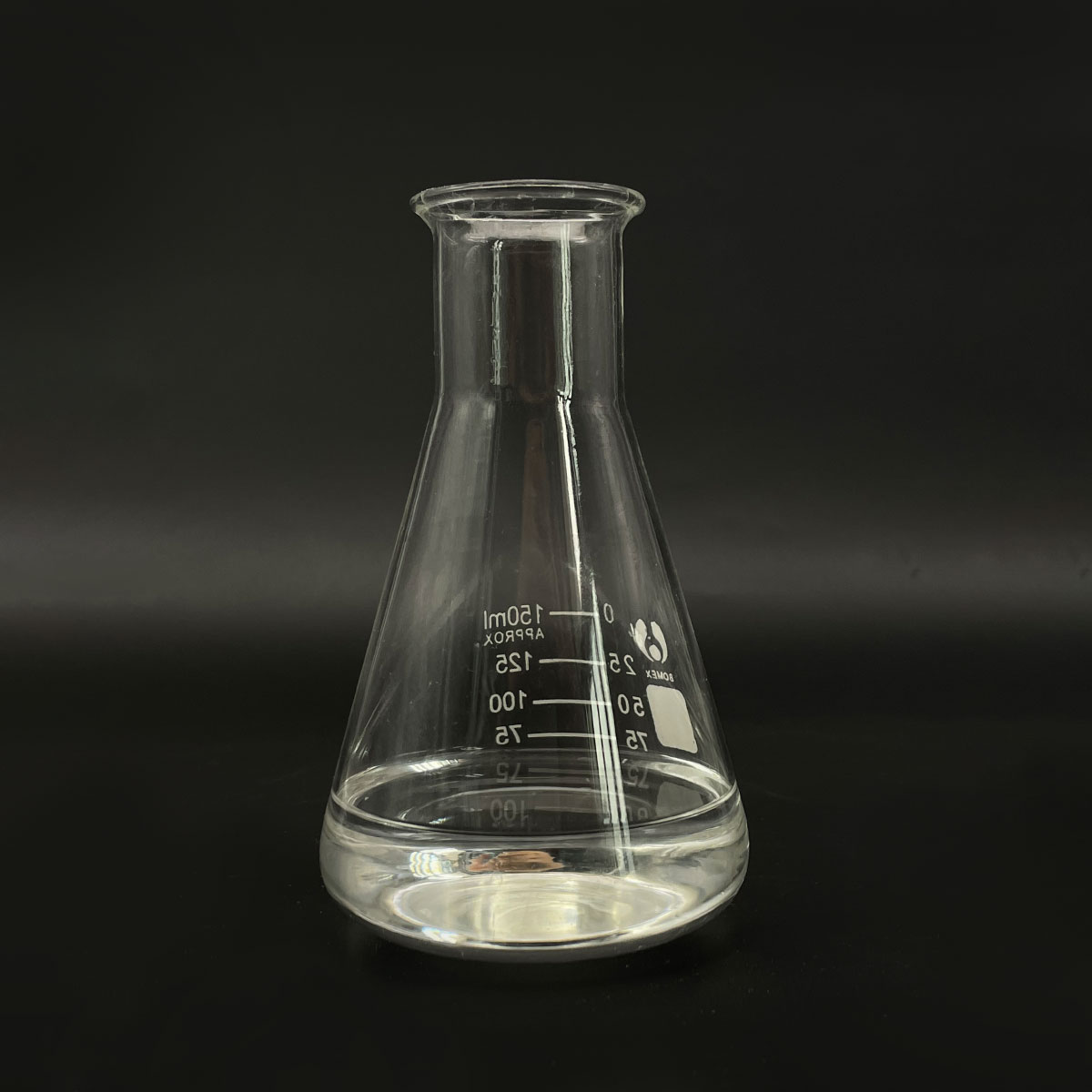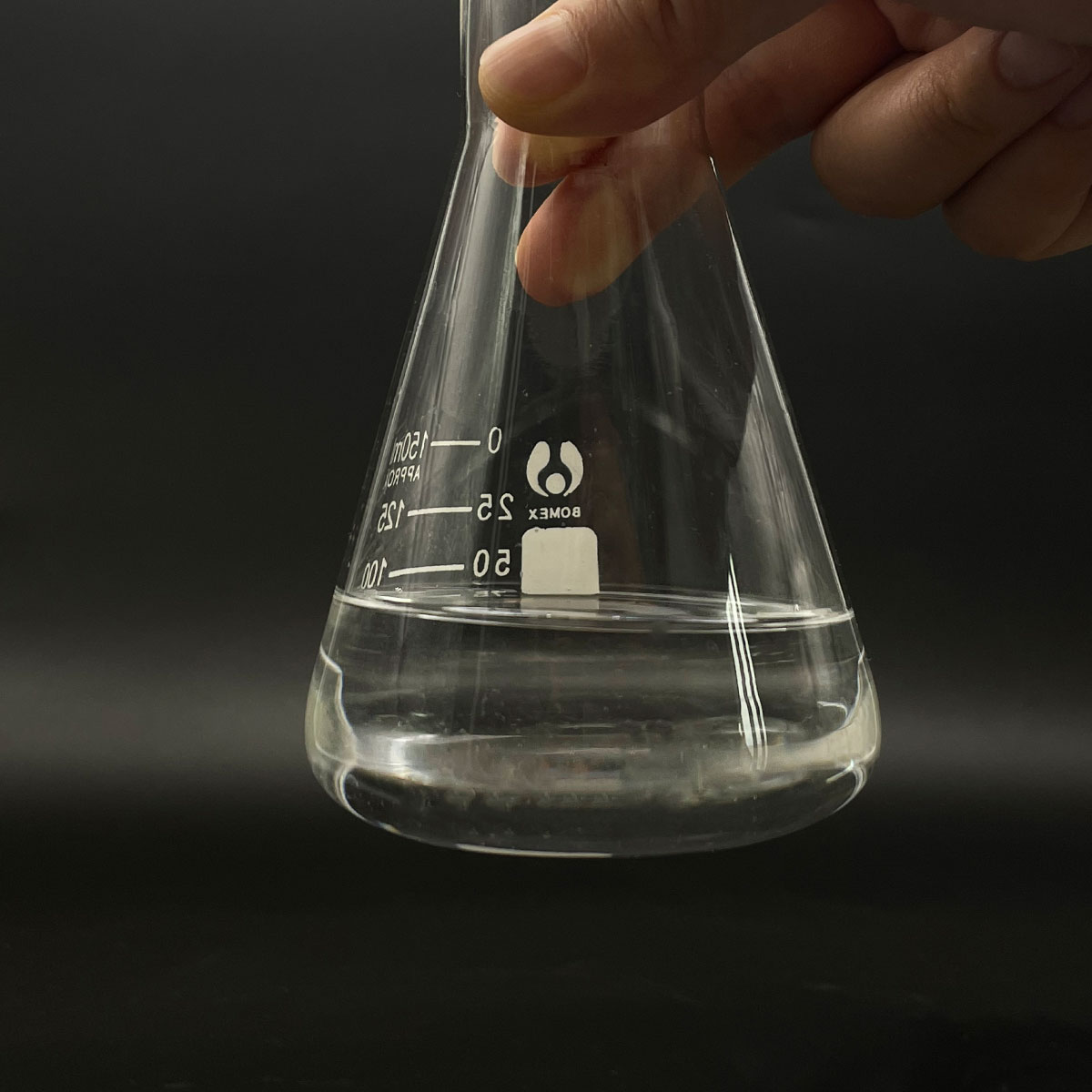**Title: The Secret Life of Surfactant Molecules: Tiny Titans of Clean and More**
(What Is A Surfactant Molucule)
Ever wonder how soap lifts grime off your hands? How shampoo banishes oil from your hair? How mayonnaise stays creamy without separating? The answer lies not in magic, but in the incredible world of **surfactant molecules**. These tiny, powerful structures are everywhere, working behind the scenes. Let’s uncover their secrets.
**1. What Exactly is a Surfactant Molecule?**
Think of a surfactant molecule like a tiny magnet with two distinct personalities. One end is a social butterfly, loving water. This is the hydrophilic head. The other end is a loner, hating water but loving oils and grease. This is the hydrophobic tail. This split personality is their superpower. Surfactant molecules arrange themselves at boundaries. Picture them lining up at the surface of water. Their water-hating tails stick out into the air, away from the water. Their water-loving heads stay down in the water. This reduces the water’s surface tension. Surface tension is that “skin” that makes water bead up. Surfactants weaken this skin. This makes water wetter, helping it spread and penetrate things like fabric or your skin. This fundamental behavior is the key to almost everything surfactants do.
**2. Why Do Surfactant Molecules Matter So Much?**
Their unique structure solves a massive problem: getting oil and water to mix. Oil and water naturally repel each other. Think of salad dressing separating. Surfactant molecules act as mediators. When you add soap (containing surfactants) to greasy water, the surfactant molecules get to work. Their hydrophobic tails dive into the grease globule. Their hydrophilic heads face outwards, into the water. This creates a stable structure called a micelle. The grease is trapped inside the micelle, surrounded by the water-loving heads. Now the whole micelle can be rinsed away with water. This process, called emulsification, is crucial. It’s how detergents clean your clothes, how dish soap cuts through frying pan grease, and how lotions keep oil and water blended smoothly on your skin. Without surfactants, cleaning effectively would be incredibly difficult. Many products we rely on daily simply wouldn’t work.
**3. How Do Surfactant Molecules Actually Work?**
Their magic happens through specific actions at interfaces. First, they adsorb. This means they gather at surfaces, like the boundary between water and air or water and oil. Their dual nature forces them to position themselves right at this line. Second, they lower surface tension. By sticking their tails out of the water, they disrupt the tight network of water molecules at the surface. This makes the water less “stretchy.” Third, they emulsify. As described, they surround oil droplets, trapping them inside micelles suspended in water. Fourth, they help things get wet. Lowering surface tension allows water to spread out more easily. Water can soak into fabrics or spread across a dirty plate instead of beading up. Fifth, they can foam. When air gets whipped into water containing surfactants, the surfactant molecules surround the air bubbles. Their hydrophilic heads point into the water. Their hydrophobic tails point into the air inside the bubble. This stabilizes the bubble, creating foam. Think of soap suds or shampoo lather. Each action relies on that fundamental head-and-tail structure.
**4. Where Do We Find Surfactant Molecules? (Applications)**
Look around. Surfactant molecules are hidden heroes in countless products. Cleaning is their biggest stage. Every laundry detergent, dish soap, hand wash, and surface cleaner relies heavily on surfactants to lift and remove dirt and grease. Personal care products are packed with them. Shampoos and body washes use surfactants to cleanse oils from skin and hair. Toothpaste uses them to help spread the paste and create foam. Shaving cream needs them for lather and glide. Lotions and creams depend on surfactants to emulsify oils and water, giving a smooth texture. Even your makeup likely contains them. In industries, they are vital. Paints and coatings use surfactants to help pigments mix evenly and spread smoothly. Agrichemicals use them to help pesticides and herbicides stick to plant leaves and spread evenly. Oil recovery uses massive amounts to help push trapped oil out of rock formations. Firefighting foams rely on them to smother flames. They even help make processed foods like ice cream, mayonnaise, and salad dressings creamy and stable. Their reach is astonishing.
**5. Surfactant Molecule FAQs: Quick Answers**
People often have questions about these ubiquitous molecules. Here are some common ones.
* **Are all surfactants the same?** No. They come in different types based on the charge of their hydrophilic head. Anionic surfactants have a negative charge. They are common in strong cleaners and shampoos. Cationic surfactants have a positive charge. They are often used in fabric softeners and disinfectants. Nonionic surfactants have no charge. They are gentle and found in many personal care products and some detergents. Amphoteric surfactants can carry either charge. They are very mild and used in sensitive skin products. The type chosen depends on the job needed.
* **Are surfactants safe?** Most surfactants used in consumer products are rigorously tested and safe when used as directed. Some people with sensitive skin might find certain surfactants irritating. Manufacturers often blend surfactants or use milder types to reduce this. Always rinse skin and surfaces thoroughly after cleaning.
* **What about the environment?** This is a big focus. Older surfactants sometimes broke down slowly. They could cause excessive foaming in rivers. Modern regulations demand better biodegradability. Many surfactants today break down quickly in wastewater treatment plants. Research continues to find even greener options. Choosing concentrated detergents reduces packaging and transport impact.
* **Can surfactants damage surfaces?** Harsh surfactants, especially strong anionic ones, can potentially damage delicate surfaces over time. They might strip waxes or dry out some materials. Always check cleaning product labels. Use the recommended product for the specific surface. Test in an inconspicuous spot first if unsure.
(What Is A Surfactant Molucule)
* **Why do some products lather more than others?** Lather isn’t always necessary for cleaning. Foam is mostly trapped air stabilized by surfactants. Some surfactants create more foam than others. Anionic surfactants are usually big foamers. Nonionic surfactants create less foam. Product formulators adjust surfactant types and levels to achieve the desired lather. High foam feels luxurious in shampoos. Low foam is better for washing machines.
Inquiry us
if you want to want to know more, please feel free to contact us.




